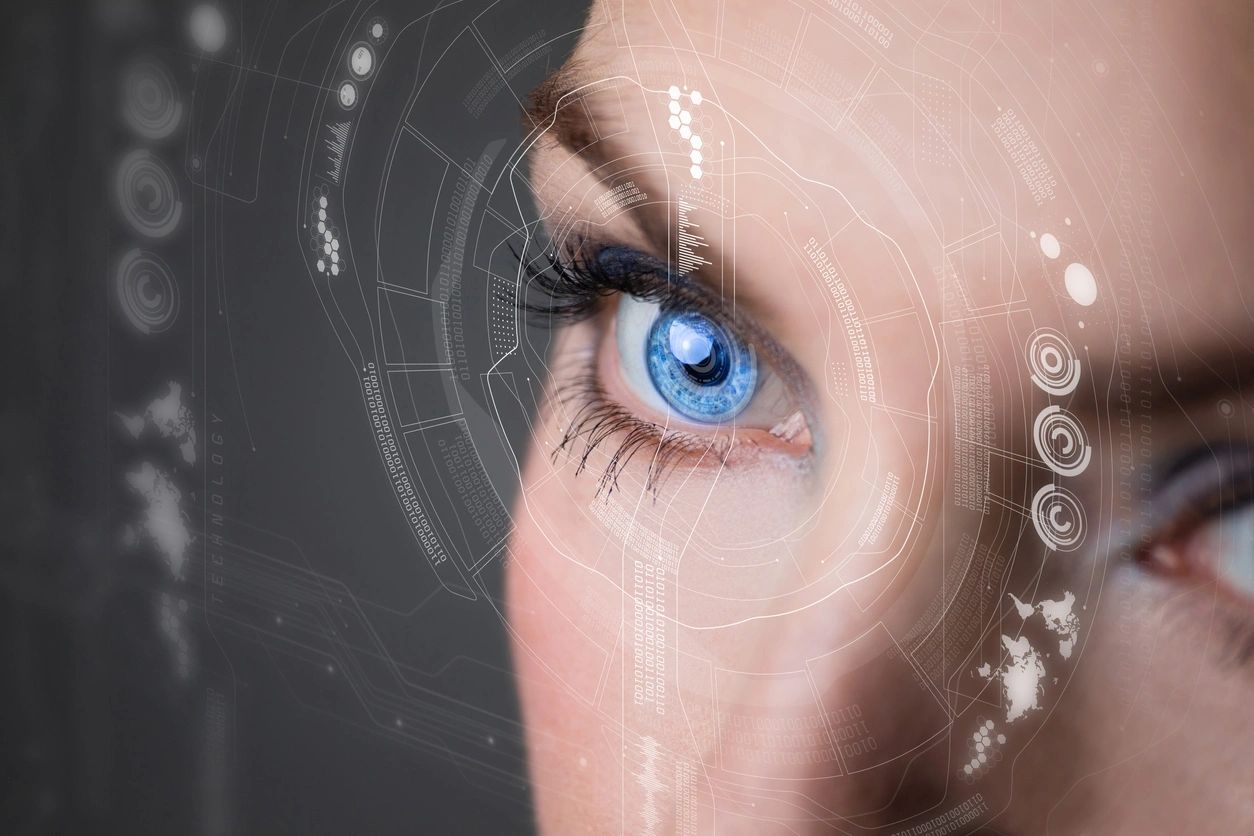AI models continue to surprise us, not just with their capabilities but also with their peculiar limitations. One intriguing behavior that sheds light on these systems is their tendency to choose random numbers in a distinctly human-like manner, which, as it turns out, is often quite poor.
To understand this behavior, we need to explore human limitations in perceiving randomness. When asked to predict the outcomes of 100 coin flips, humans tend to avoid sequences that appear too orderly, like six or seven heads or tails in a row, even though such sequences are common in actual random events. Similarly, when picking a number between 0 and 100, people rarely choose 1 or 100 and avoid multiples of 5 or repeating digits like 66 and 99. Instead, they gravitate towards numbers like 7 and those in the middle range.
Interestingly, AI models show similar biases. Engineers at Gramener conducted an informal experiment with several major language models, asking them to pick a random number between 0 and 100. The results were far from random.
Specific Preferences of Different Models
- OpenAI’s GPT-3.5 Turbo: Frequently chose 47 and previously preferred 42, a number popularized by Douglas Adams’ “The Hitchhiker’s Guide to the Galaxy.”
- Anthropic’s Claude 3 Haiku: Often picked 42.
- Gemini: Favored 72.
These models avoided low and high numbers and seldom chose round numbers or repeating digits, except for 77.
Understanding AI’s “Random” Choices
Why do AI models exhibit these human-like biases? The answer lies in their training data. These models do not understand randomness; they generate responses based on patterns seen in their training data. If the number 100 rarely appears in responses to similar prompts in the training data, the AI is unlikely to choose it. This lack of genuine understanding means they mimic the frequency and types of responses they have seen most often, much like a “stochastic parrot.”
This behavior highlights an essential aspect of AI: they are designed to imitate human responses without truly understanding them. Whether generating recipes, offering investment advice, or picking random numbers, AI models rely on patterns in their training data. This imitation can make their responses seem human, but it also underscores their fundamental lack of understanding.
AI models’ tendencies to choose certain numbers over others reveal much about their design and limitations. These models don’t think or understand randomness; they mimic human behavior based on their training data. This phenomenon is a reminder to users that AI outputs are human-like imitations rather than products of independent reasoning.
See also: Voice Cloning Of Political Figures: A Growing Concern


















